.png)
Python Quiz | Day 37 | What is the output of following code ?
.png)
Python Coding December 25, 2022 Python No comments
.png)
Python Coding October 02, 2022 Python No comments
Python Coding September 10, 2022 Python No comments
Python Coding September 10, 2022 Python No comments
Python Coding September 10, 2022 Python No comments
Python Coding September 10, 2022 Python No comments

Python Coding September 10, 2022 Python No comments

Python Coding September 02, 2022 Projects, Python No comments
Python Coding September 02, 2022 Projects, Python No comments
Python Coding September 02, 2022 Python No comments

Python Coding August 30, 2022 Python No comments
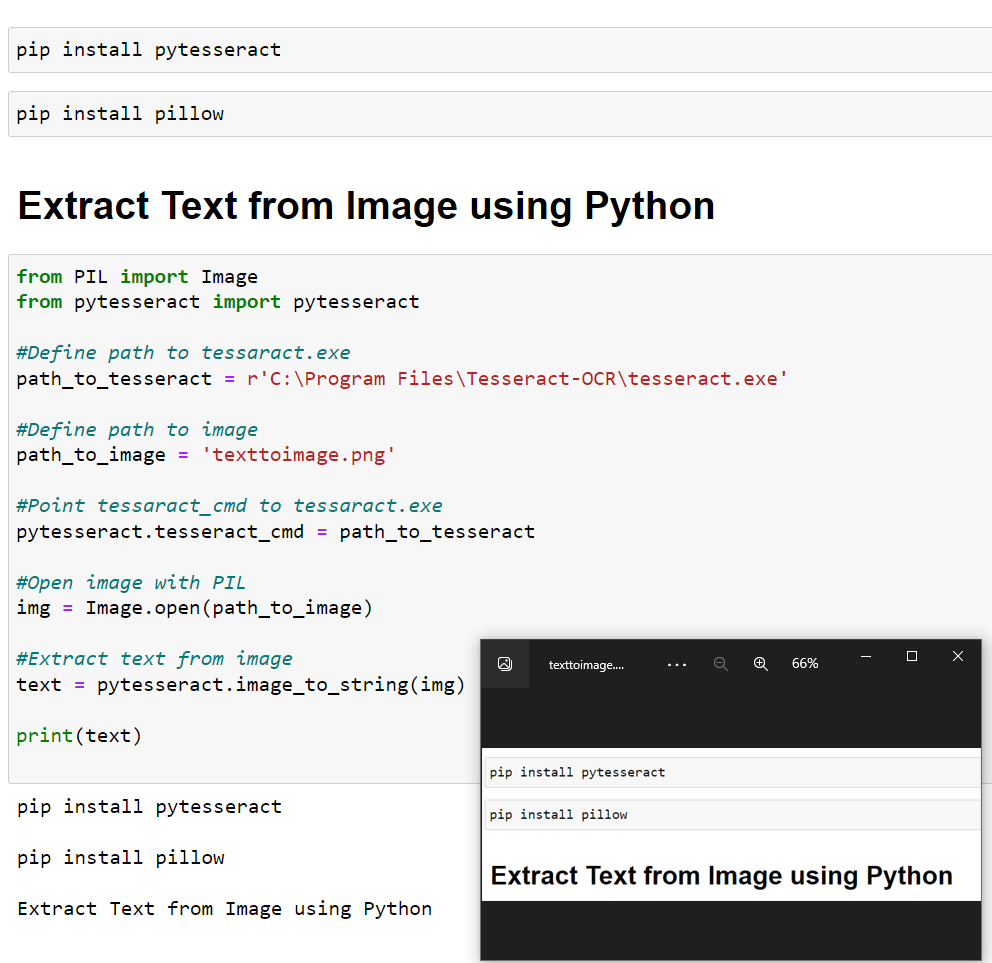
Python Coding August 30, 2022 Python No comments
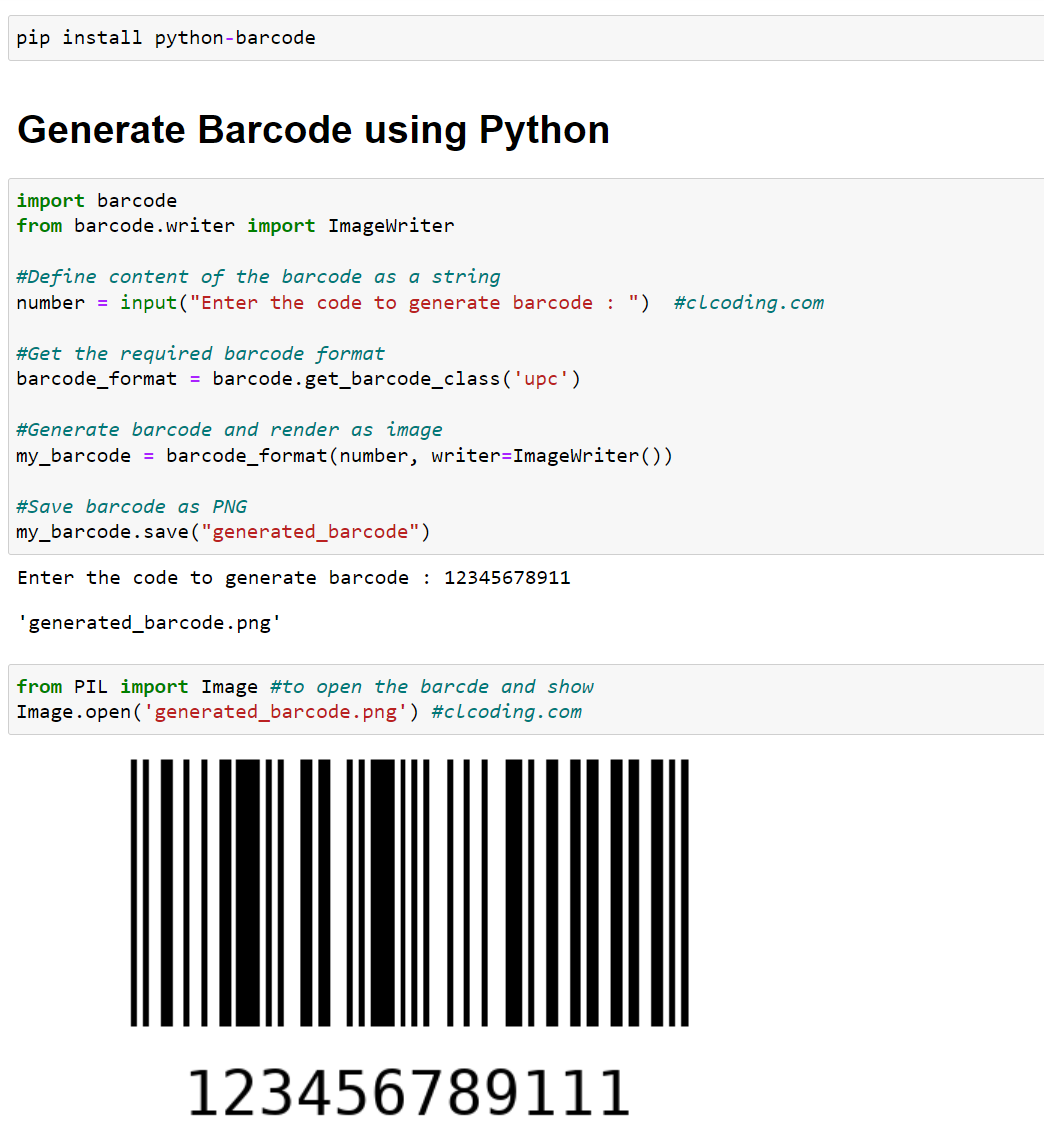
Python Coding August 30, 2022 Python No comments

Python Coding August 26, 2022 Python No comments

Python Coding August 16, 2022 Python No comments
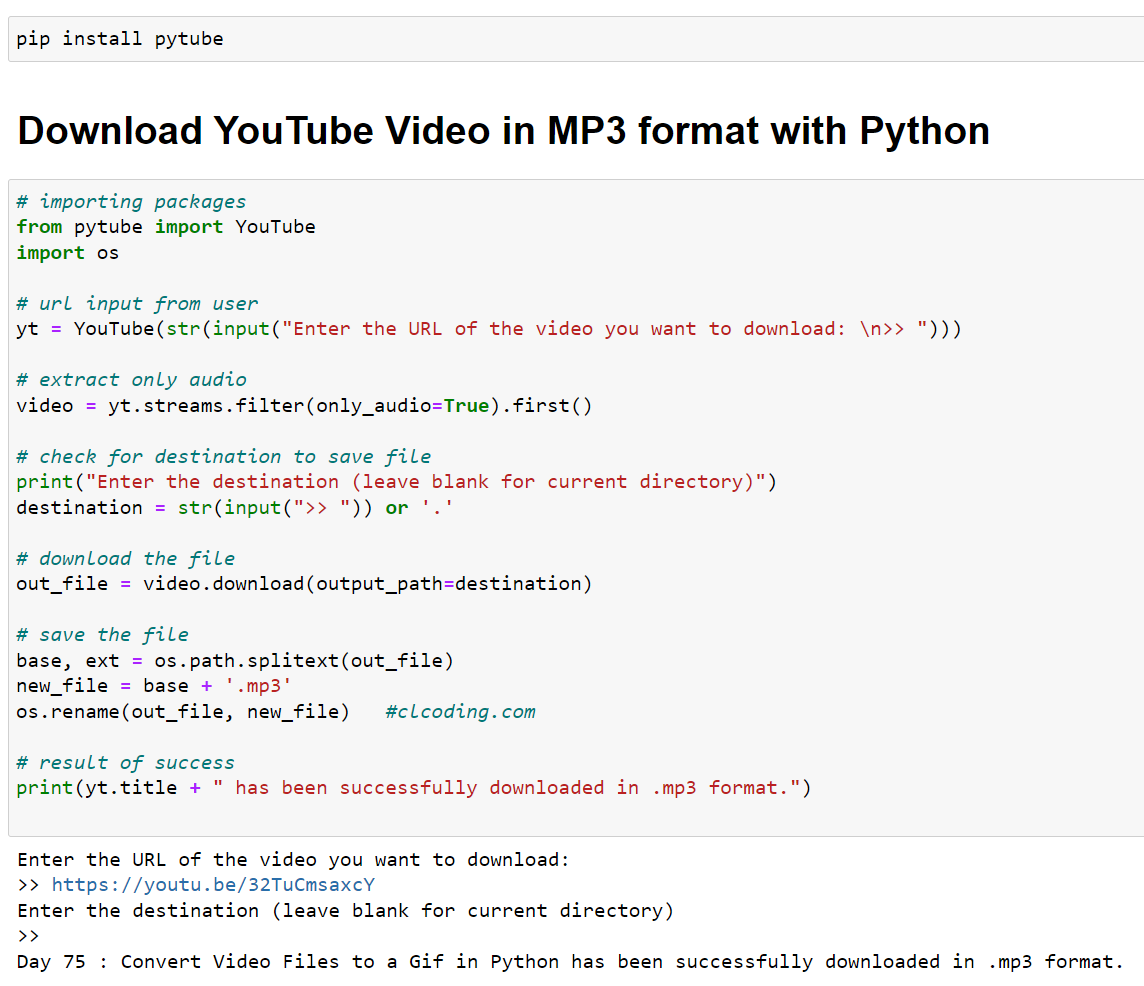
Python Coding August 15, 2022 Python No comments

Python Coding August 15, 2022 Python No comments
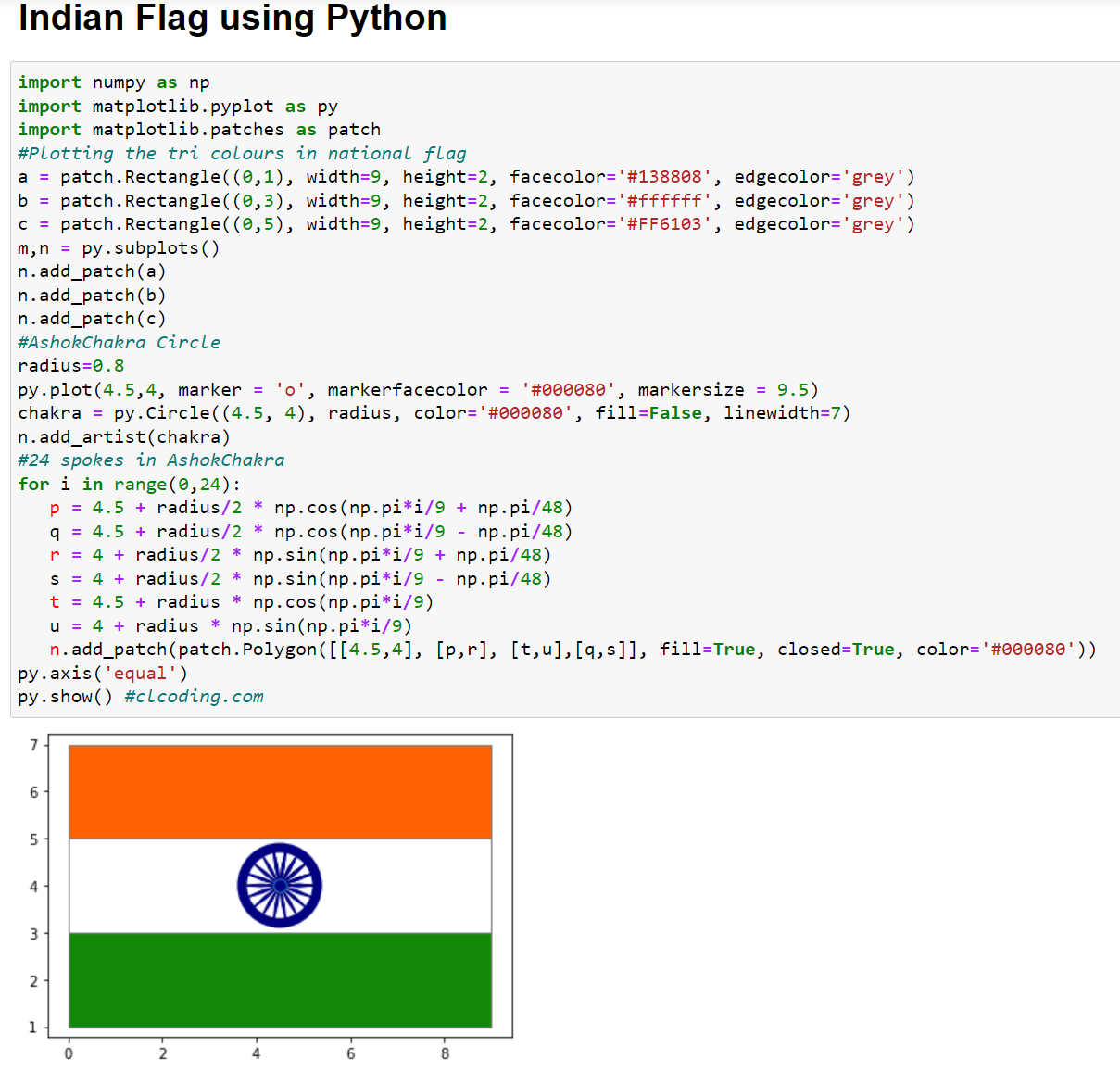
Python Coding August 15, 2022 Python No comments
Python Coding August 15, 2022 Python No comments
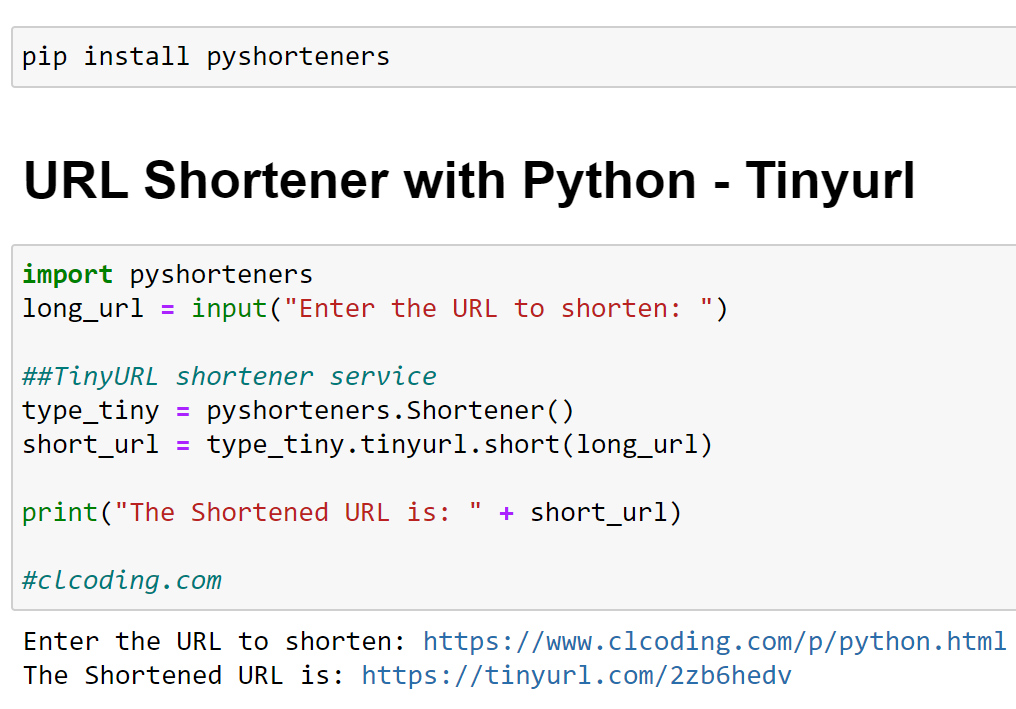
Python Coding August 15, 2022 Python No comments

Python Coding August 15, 2022 Python No comments

Python Coding August 15, 2022 Python No comments

Python Coding August 15, 2022 Python No comments
Python Coding August 15, 2022 Python No comments
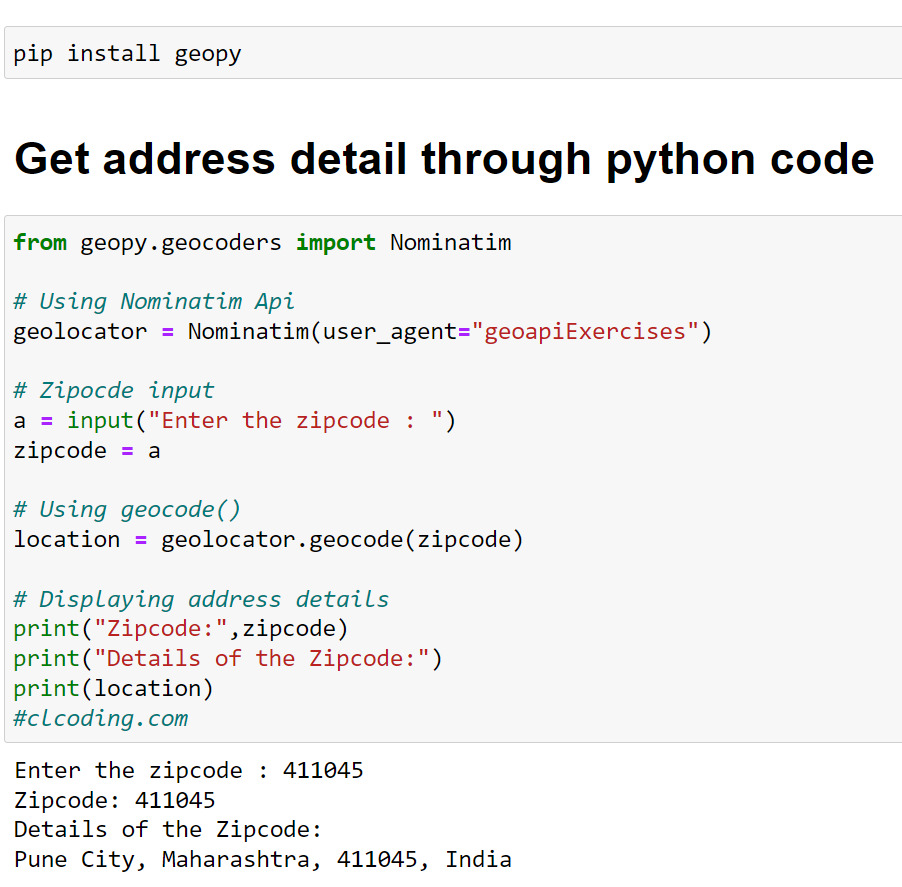
Python Coding August 15, 2022 Python No comments
Free Books Python Programming for Beginnershttps://t.co/uzyTwE2B9O
— Python Coding (@clcoding) September 11, 2023
Top 10 Python Data Science book
— Python Coding (@clcoding) July 9, 2023
🧵:
Top 4 free Mathematics course for Data Science ! pic.twitter.com/s5qYPLm2lY
— Python Coding (@clcoding) April 26, 2024
Web Development using Python
— Python Coding (@clcoding) December 2, 2023
🧵: